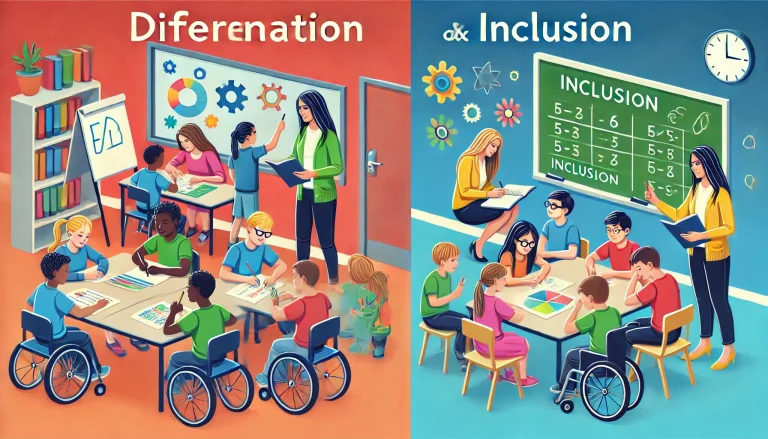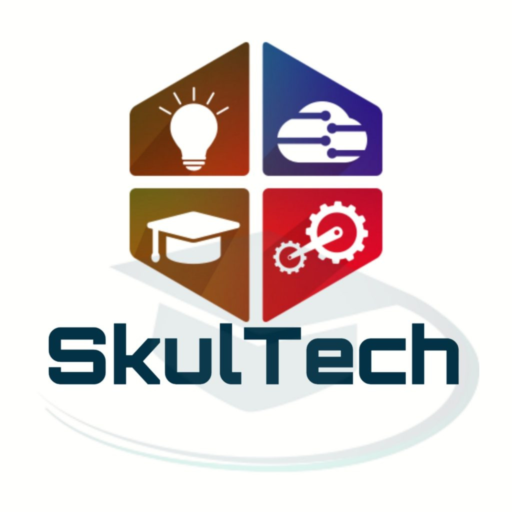Breaking News
Global News

Trump’s Executive Order Declares English as Official Language, Sparking Fears of Discrimination and Threats to LEP Communities
President Donald Trump’s executive order declaring English as the official U.S. language has sparked outrage, potentially ending interpreter services in federally funded institutions. Critics warn this move threatens the lives of 68 million LEP Americans, particularly in healthcare settings. The policy is seen as discriminatory, reinforcing nationalist sentiments and erasing linguistic diversity. Legal challenges are underway, with advocates urging protections for language access rights.

Trump-Zelenskyy Meeting Erupts in Tensions Over Rare Minerals Deal
A White House meeting between U.S. President Donald Trump and Ukrainian President Volodymyr Zelenskyy turned into a heated argument over a rare minerals deal. The talks, aimed at securing U.S. access to Ukraine’s resources, collapsed after Zelenskyy raised Russia’s 2014 annexation of Crimea, prompting Trump to accuse him of disrespecting the U.S. and “gambling with World War III.” Vice President JD Vance criticized Zelenskyy for a “propaganda tour.” Despite the tension, Zelenskyy thanked America on social media, while European leaders voiced support for Ukraine. The failed meeting highlights growing U.S.-Ukraine tensions amid Trump’s push for direct talks with Russia.
Hiroshima Massacre: Father of Nuclear Bomb & Bhagwat Gita
In 1945, the U.S. atomic bombings of Hiroshima and Nagasaki forced Japan’s surrender, ending World War II. J. Robert Oppenheimer, the “father of the atomic bomb,” later expressed regret. He opposed further nuclear development, advocating for peace. The bombings remain a stark reminder of nuclear weapons’ devastating power.
In ‘Vaccine Apartheid,’ Nepal is Ground zero. It needs U.S. Help
The world has reached the…
National News
The Sensation of No Not Again In Nepal
The Sensation of No Not Again In Nepal The Sensation of No Not Again In Nepal Kathmandu, 25 August: At…
No, Not Again in Nepal For Election Has Been Highly Appreciated by People
The ‘No Not Again’ campaign, which started even before the registration of candidates for the Mansir 4 House of Representatives…
KP Oli Challenges Sherbahadur Deuba for Agenda Based Live Debate
Oli VS Deuba KP Sharma Oli Challenges Sherbahadur Deuba for Agenda Based Live Debate Kathmandu, Oli VS Deuba, KP Sharma…
The Popularity of Balen in Local Election
The Popularity of Balen in Local Election Kathmandu Update Balen has slapped the cheeks of the leaders who are trying…
Sunita Dangol on the Preliminary Result of Balen Shah for Mayor
Sunita Dangol on the Preliminary result of Balen Shah for Mayor Kathmandu. There is a growing interest among Nepalis living…
Politics
Read our Academic Articles

What Differentiate the Differentiation from Inclusion in the Classroom
What Differentiate the Differentiation from Inclusion in the Classroom: Education is a fundamental right of every child, regardless of their abilities or backgrounds. To cater to the diverse needs of students, inclusion and differentiation policies have been introduced in schools. While inclusion policies focus on integrating students with disabilities into mainstream education, differentiation policies address the unique learning needs of every student in the classroom. This article explores the significance of these policies, their advantages, and their implementation, providing a detailed comparative analysis.
Questioning Strategies and the Absence of Higher-Order Thinking in Rural Nepal’s ELT Classrooms
This research investigates the lack of higher-order thinking (HOT) in English language instruction at the basic level in rural Nepal. Through ethnographic observation, it found that teachers primarily use low-level questioning techniques, hindering students’ development of critical thinking, analysis, and problem-solving skills. This study highlights the need for teachers to reflect on their questioning strategies and for stakeholders to prioritize the development of HOT skills in classroom practices.
Enhancing Writing Skills through Reading: An Integrated Approach in English Language Teaching
Enhancing Writing Skills through Reading: An Integrated Approach in English Language Teaching: This study examines the role of reading in enhancing students’ writing skills, particularly within English Language Teaching (ELT) contexts. Writing, a challenging skill, demands effective language use, organization, and critical thinking. Reading supports writing development by providing vocabulary, grammatical structures, and ideas. Literature indicates that reading aids vocabulary acquisition, strengthens grammar, and enhances critical thinking, which collectively improve writing ability. Through a review of prior research, this study highlights reading as a crucial method for teaching writing, promoting vocabulary enrichment, grammatical awareness, and critical analysis. It concludes that selecting relevant reading materials fosters student engagement, confidence, and skill in writing.
APA Styles: A Guide for Academic Writing
APA style, a standardized format for referencing sources in social sciences and beyond, ensures clarity and proper credit for borrowed ideas. It dictates not only in-text citations (author, year) and reference list formatting, but also the overall presentation of your paper with double-spacing, specific fonts, and headings. Following APA promotes fairness and avoids plagiarism, while also enhancing readability for those familiar with the style. By mastering APA formatting and integrating sources effectively, you can create clear, accurate, and ethical academic work.
Shadow Learning for English Language Proficiency: Student Perceptions on Shadow Education in Nepal
The present study based on Language Learning with Shadow Education was carried out to explore the perceptions of English language learners on private tutoring in terms of language teaching technique, content coverage, use of materials (teaching materials and reference materials), and classroom management. Thirty Bachelor level students were selected following a purposive non-random sampling procedure. To find out the perceptions of the students, I used a questionnaire containing both open-ended and close-ended questions. Data collected from informants were tabulated and analyzed applying simple statistical tools i.e. tables, bar diagrams,s, and pie-chart. By analyzing and interpreting the data, I found that students are positive toward private tutoring in the sense, tutoring helps to secure high marks; it also helps the students who cannot regularly attend the class. Students get individual treatment and student-centered techniques are applied in tutoring classes. But they accepted that tutoring increases students’ dependency on teachers; it demands extra fees and time, so all the students may not be able to afford it. So, it increases social inequality as well.













![Unit - 18 Transportation and Communication Reading I Wright Brothers [Class -9 Exercise] 7 Unit – 18 Transportation and Communication Reading I Wright Brothers [Class -9 Exercise]](https://www.skultech.com/wp-content/uploads/2024/11/Transportation-and-Communication.png)


